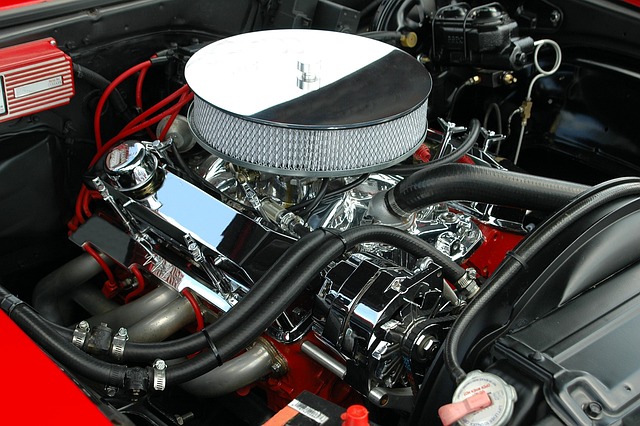The engine cooling system is crucial for handling the surplus heat generated during combustion, keeping your vehicle’s engine operating within its ideal temperature range. Its primary function involves regulating and preserving the engine at optimal temperature levels. Now, let’s explore how this system operates by examining its fundamental components.
Elements of the Cooling Mechanism
- Radiator: The car radiator of this system is akin to the heart of the cooling mechanism functioning as a heat exchanger made up of tubes and fins.
- Coolant: It serves not only to shield against freezing in colder climates but also raises the boiling point of water.
- Pump: Its duty involves moving the cooling liquid throughout both the engine and the heat exchanger.
- Thermostat: Positioned amidst the engine and the heat exchanger, it oversees the coolant’s temperature.
- Cooling Fans: Cars employ fans to enhance radiator airflow as the engine heats up, aiding cooling at idle or low speeds. When the AC is activated, these fans start automatically since the engine manages both its cooling and the AC’s radiator for passenger comfort. If you’re seeking information about an AC cooling radiator, reference will transfer you to a specialized website for detailed specifications.
The Way the System Operates
Initiate Engine
When the engine ignites, a pump immediately moves coolant through the radiator. This initiates the cooling sequence to stabilize the engine’s temperature.
Initial Flow
At first, the cooling fluid moves within a confined pathway inside the motor. This regulated cycle enables the engine to slowly increase its temperature until it reaches its ideal operational level, approximately 90°C.
Thermostat Activation
At around 90°C, the thermostat is activated. Its pivotal role involves opening up, allowing the coolant to travel through the radiator. This action facilitates the release of excess heat from the warmed coolant before it returns to the engine.
Temperature Reduction Improvement
Newer models may integrate an extra cooler, supporting the primary radiator in managing engine heat. This supplementary cooler may operate selectively, activating only when necessary to conserve energy.
Cooling Liquid Structure
The coolant mixture commonly consists of antifreeze, a solution that prevents freezing in colder conditions. Alongside this, it provides essential lubrication and protects the system from corrosion.
Expansion Reservoir Operation
As the coolant absorbs engine heat, it expands. To accommodate this expansion, the system includes an expansion tank. This tank collects excess coolant during heating, allowing it to return to the system when the coolant cools down.
Understanding the functioning of a car’s cooling system is crucial for maintaining a smooth-running vehicle. This crucial system, responsible for handling the extra heat produced during combustion, operates well because of the teamwork among its different parts. Grasping these complexities empowers car owners to upkeep their engines and cooling setups for outstanding performance and longevity, and stores like painted autoparts.com offer a range of components to facilitate this maintenance.








Recent Comments